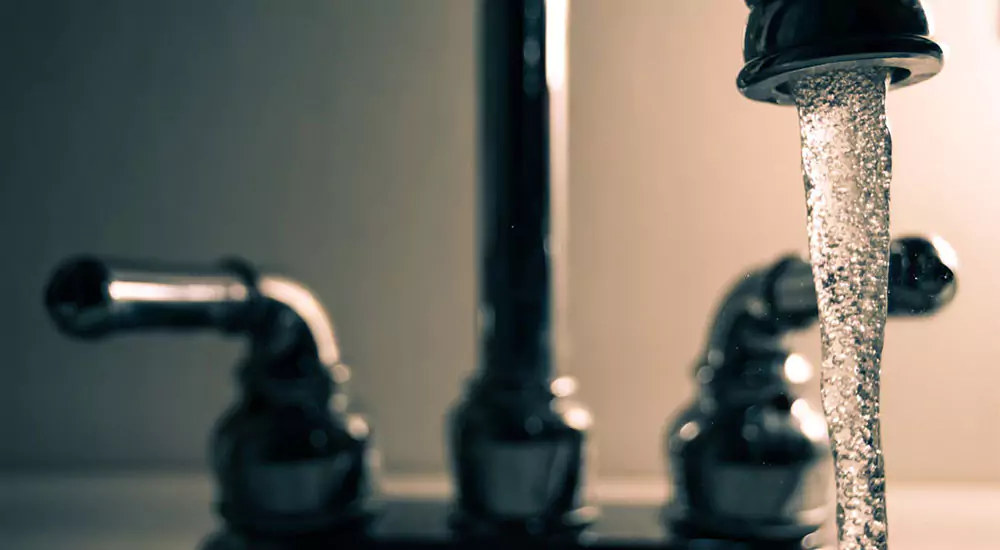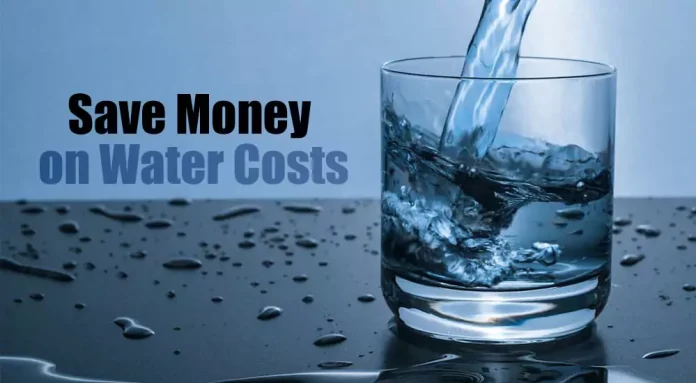Water is a fundamental resource for businesses, whether you run a restaurant, office, or manufacturing plant. But what if your company is unknowingly overpaying for water? Many businesses assume their water cost are just a fixed expense, but hidden inefficiencies, billing errors, or outdated tariffs often lead to excessive costs.
Recognizing the warning signs can help you control your water expenses and start saving. Here are four signs that your business might be paying too much for water—and what you can do about it.
How to Lower Business Water Costs and Expenses Today
Discover how to lower your Water Cost today! Compare suppliers, fix leaks, and implement water-saving strategies for your business.
1. Your Water Cost Keep Rising Without Explanation

If your water bills have been creeping up month after month without a clear reason, it’s time to investigate. While seasonal changes and increased usage can cause fluctuations, unexplained spikes may indicate an issue that needs addressing.
What Could Be Causing It?
- Undetected leaks – Even small leaks can waste thousands of liters of water over time, leading to higher bills.
- Incorrect meter readings – Errors in meter readings or billing calculations can result in overcharges.
- Outdated tariffs – If your business is still on an old water tariff, you might be missing out on cost-saving options available through deregulated markets.
What to Do Next
Start by reviewing your past bills and identifying any unusual patterns. If your usage hasn’t changed significantly but your costs have risen, contact your water supplier to request a bill audit. Additionally, having a plumber inspect your premises for leaks can prevent further waste and reduce costs.
2. Your Business is Using More Water Than Similar Companies

Comparing your water usage to similar businesses in your industry can help determine if you’re consuming more than necessary. Many companies don’t realise they’re using excess water simply because they haven’t benchmarked their consumption.
Why This Happens
- Inefficient equipment – Older dishwashers, toilets, and cooling systems may use more water than modern, efficient models.
- Wasteful workplace habits – Employees may be unknowingly wasting water through excessive use in kitchens, bathrooms, or production processes.
- Lack of water-saving initiatives – Businesses that haven’t implemented conservation measures may see higher-than-average usage.
How to Address It
Start by requesting a usage report from your water provider or using online benchmarking tools to compare your consumption with industry averages. If your usage is unusually high, consider upgrading to water-efficient fixtures, training staff on conservation practices, and introducing policies like turning off taps and using water-reducing devices.
3. You’ve Never Switched Water Suppliers

In deregulated water markets, businesses have the freedom to switch suppliers for better rates and services. If you’ve been with the same supplier for years without reviewing your options, you could be missing out on significant savings.
Signs You Might Need to Switch
Your current supplier has increased prices multiple times.
You’re not receiving good customer service or bill transparency.
Competitor suppliers are offering lower rates for similar services.
What to Do About It
Research alternative water suppliers and compare business water rates, customer reviews, and service options. Switching can often be a straightforward process, and many providers will handle the transition for you. If you’re unsure where to start, use a business water comparison site to find the best deals.
4. Your Business Lacks a Water Efficiency Strategy

Many businesses focus on reducing electricity and gas costs but overlook water efficiency. Without a clear strategy in place, unnecessary wastage can add up, driving costs higher.
What This Looks Like
There are no regular maintenance checks for leaks or faulty equipment.
There are no policies or training to encourage employees to use water responsibly.
There is no investment in water-saving technology, such as low-flow taps or water recycling systems.
How to Improve
Develop a water efficiency plan that includes regular monitoring of water usage, leak detection protocols, and upgrades to water-efficient equipment. Encourage staff participation by setting conservation goals and rewarding efforts to save water.
Closing Statement: Water Cost
Water costs can be a silent drain on your business finances, but recognizing these warning signs can help you take action before unnecessary expenses pile up. By monitoring your bills, comparing usage, exploring supplier options, and implementing water-saving measures, you can significantly reduce your costs while promoting sustainability.
If you suspect your business is overpaying for water, now is the time to review your consumption and take control of your expenses. Making a few smart changes today can lead to substantial savings in the long run.
Related Content: How To Save Money





